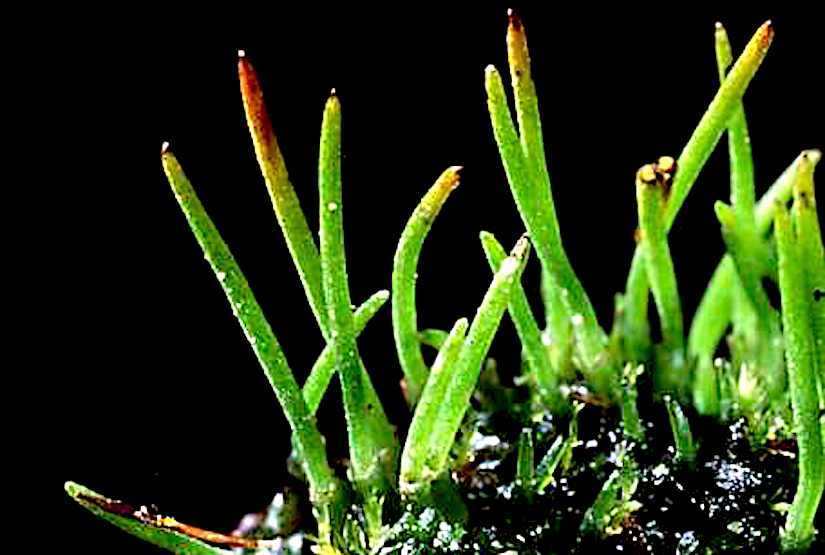==================
鉴定角苔植物中关键工具基因的潜在同源基因,进一步支持了所有有气孔陆地植物的祖先具有单一古老遗传起源的观点。
Identificação de potenciais ortólogos dos genes-chave da caixa de ferramentas em uma antócera, reforçando ainda mais a única origem genética antiga das estômatas no ancestral de todas as plantas terrestres estomáticas.
Identificación de posibles ortólogos de los genes clave de la caja de herramientas en un hornwort, respaldando aún más el origen genético antiguo único de los estomas en el ancestro de todas las plantas terrestres estomáticas.
==============
Origins and Evolution of Stomatal Development
Chater C. C. C., Caine R. S., Fleming A. J., Gray J. E. (2017)
Caspar C C Chater 1–2–3, Robert S Caine 4–5–6, Andrew J Fleming 4–5–6, Julie E Gray 4–5–6
- 1 Departamento de Biología Molecular de Plantas, Instituto de Biotecnología, Universidad Nacional Autónoma de Mexico, Cuernavaca 62210, Mexico (C.C.C.C.);
- 2 Department of Molecular Biology and Biotechnology, University of Sheffield, Sheffield S10 2TN, United Kingdom (R.S.C., J.E.G.);
- 3 Department of Animal and Plant Sciences, University of Sheffield, Sheffield S10 2TN, United Kingdom (A.J.F.)
- 4 Departamento de Biología Molecular de Plantas, Instituto de Biotecnología, Universidad Nacional Autónoma de Mexico, Cuernavaca 62210, Mexico (C.C.C.C.).
- 5 Department of Molecular Biology and Biotechnology, University of Sheffield, Sheffield S10 2TN, United Kingdom (R.S.C., J.E.G.);
- 6 Department of Animal and Plant Sciences, University of Sheffield, Sheffield S10 2TN, United Kingdom (A.J.F.).
===
Plant Physiol. 2017 Jun;174(2):624-638 – doi: 10.1104/pp.17.00183 – Epub 2017 Mar 29 – PMID: 28356502 – PMCID: PMC5462063 –
https://pubmed.ncbi.nlm.nih.gov/28356502/
Abstract
The fossil record suggests stomata-like pores were present on the surfaces of land plants over 400 million years ago. Whether stomata arose once or whether they arose independently across newly evolving land plant lineages has long been a matter of debate. In Arabidopsis, a genetic toolbox has been identified that tightly controls stomatal development and patterning. This includes the basic helix-loop-helix (bHLH) transcription factors SPEECHLESS (SPCH), MUTE, FAMA, and ICE/SCREAMs (SCRMs), which promote stomatal formation. These factors are regulated via a signaling cascade, which includes mobile EPIDERMAL PATTERNING FACTOR (EPF) peptides to enforce stomatal spacing. Mosses and hornworts, the most ancient extant lineages to possess stomata, possess orthologs of these Arabidopsis (Arabidopsis thaliana) stomatal toolbox genes, and manipulation in the model bryophyte Physcomitrella patens has shown that the bHLH and EPF components are also required for moss stomatal development and patterning. This supports an ancient and tightly conserved genetic origin of stomata. Here, we review recent discoveries and, by interrogating newly available plant genomes, we advance the story of stomatal development and patterning across land plant evolution. Furthermore, we identify potential orthologs of the key toolbox genes in a hornwort, further supporting a single ancient genetic origin of stomata in the ancestor to all stomatous land plants.














You must be logged in to post a comment.